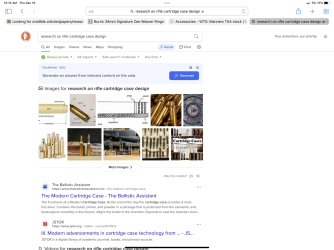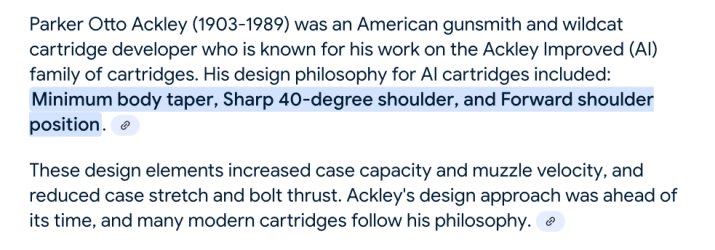Justice1327
Well-Known Member
1. How does a sharper shoulder angle on a rifle case help with combustion?
2. How might the surface of the chamber affect ballistic performance?
Currently reading Ammunition Demystified for the second time.
Thank you
2. How might the surface of the chamber affect ballistic performance?
Currently reading Ammunition Demystified for the second time.
Thank you


